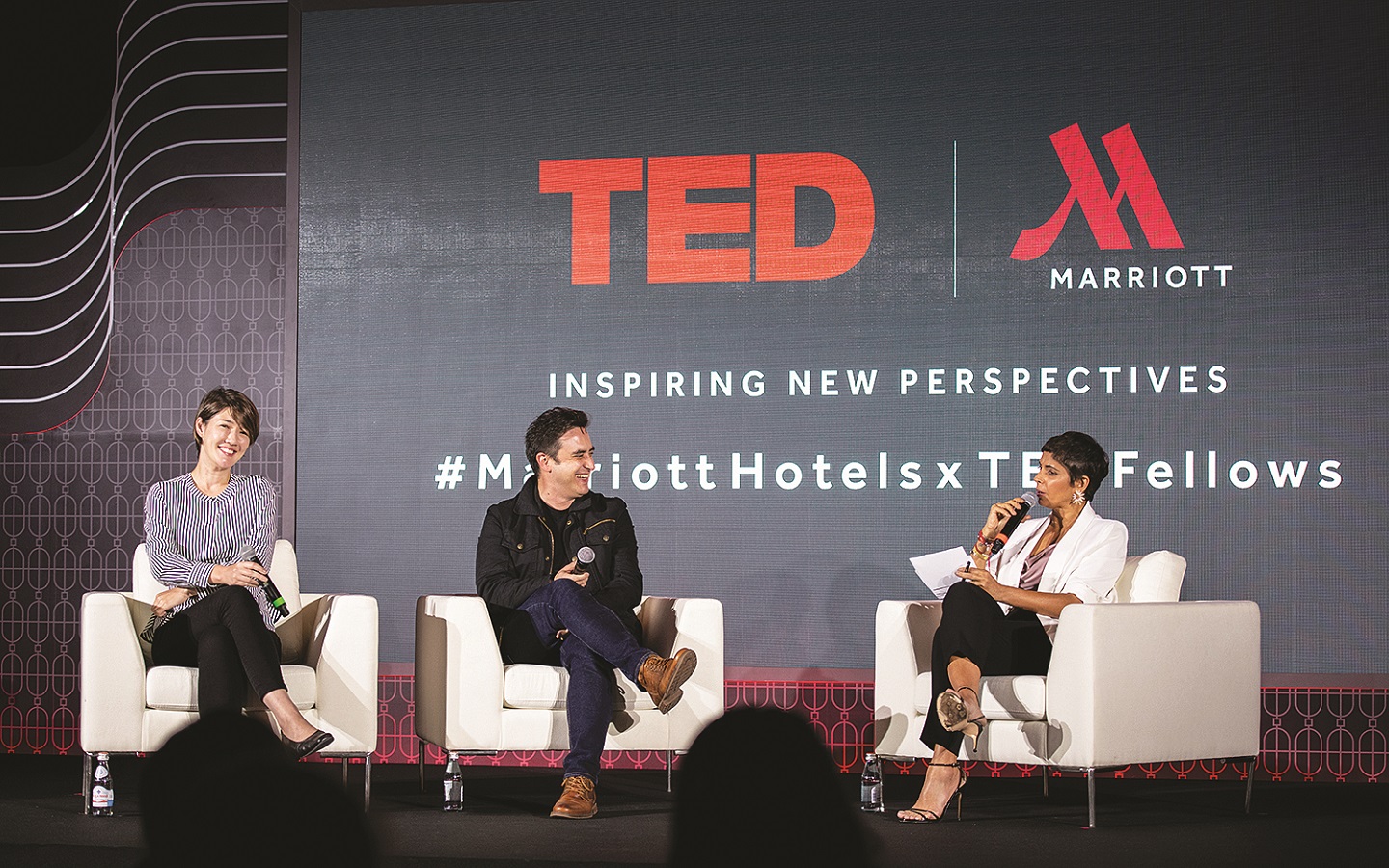
Hiromi Ozaki (far left) and Andrew Pelling were the speakers for the third Asia-Pacific edition of the Marriott TED Fellows Salon at Singapore Marriott Tang Plaza (Photo: Marriott Hotels)
The tapestry of a person’s life is woven with intimate experiences such as friendship, kinship and love. Thus, in our quest of seeking a sense of belonging and companionship, one question never loses its poignancy: What happens when two people who are drawn to each other are separated? The Japanese believe that soulmates, who are connected by an invisible, unbreakable red thread called 運命の赤い糸 (unmei no akai ito), will eventually reunite regardless of place, time or circumstance.
Such myth may seem a tad too whimsical for a logical mathematics and computer science graduate like Hiromi Ozaki, born to parents who are university mathematics research professors. But this newly minted TED fellow defies the well-known trope of the glove-wearing scientist who pursues the truth only by numbers.
Obsessed with manga costumes, anime culture and mythical folklore, the Japanese-British associate professor at Tokyo University of the Arts’ Design Department in Information and Design Laboratory, or better known as her alter ego Sputniko!, sees art and science as collaborative, not oppositional — a double helix that can help us see the world in new ways when synthesised.
Hiromi’s novel approach to demystifying the world of mythologies through pop culture explains the awe on our faces upon seeing her portrayal as a handsome male geneticist, Sachihiko John Yamada, in her short film Red Silk of Fate. It was screened to a roomful of 200 guests who included Marriott Bonvoy members, local creative entrepreneurs, MBA students and the media during her presentation for the third Asia-Pacific edition of the Marriott TED Fellows Salon at Singapore Marriott Tang Plaza.
hiromi ozaki.jpg
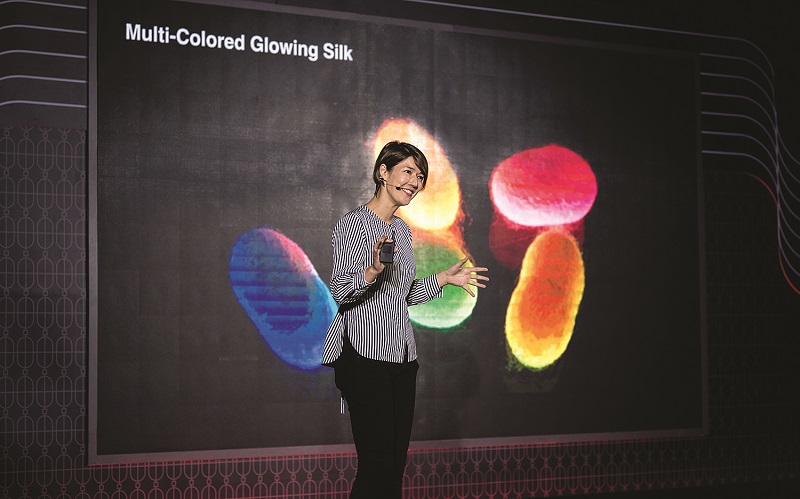
In the fantasy caper, Sachihiko is pursued by his crush Tamaki, who genetically engineers her own red silk by inserting genes that produce oxytocin — a social bonding “love” hormone — and the genes of red-glowing coral into silkworm eggs. The stylised video, buoyed by an upbeat J-pop soundtrack sung by Hiromi herself and a cyberpunk-zombie narrative, was satirical. But the string is not entirely a work of fiction.
The red silk was prototyped by Professor Hideki Sezutsu and his team at the National Institute of Agrobiological Sciences (NIAS) in Japan and was sewn into the silk of omamori (protective amulets) sold at Shinto shrines and some Buddhist temples. Hiromi’s artworks ruminate on contemporary faith systems rooted in science, all while making technology more understandable to the uninitiated.
Red Silk of Fate’s tinkering with nature stirred up conversation about the ethics and paranoia that loom over the controversy of genetically engineered life. Hiromi welcomes such discourse though because it proves that we are not living in a pure state of concentrated right or wrong. In fact, she stimulates discussion through social media such as YouTube, Vimeo and Instagram, mobilising the young to experiment with radical ideas that go beyond museum walls.
Sharpened by humour and wit, Hiromi’s repertoire oscillates between parody and homage. Another work that warranted as much weight as the debate it attracted was her exhibition Menstruation Machine. She created an empathy device that men can strap on to experience menstrual cramps and bloodletting, and this was accompanied by a three-minute video of a gender-bending male attempting to walk, sing karaoke and take purikura.
“What does menstruation mean, biologically, culturally and historically, to humans? For example, in Japan, it took the Ministry of Health only six months to approve Viagra but it took them more than nine years to approve the contraceptive pill in 1999. It’s quite clear that the advancement of technology can be heavily influenced by political, social and cultural backgrounds,” said Hiromi when we sat down for a quick interview.
Questions about representation, diversity, cultural misogyny and gender parity are scarcely new. Hiromi is no moral crusader, she says, but art can be reparatory for the oppressed and ignored to be heard. In August 2018, it was revealed that more than nine Japanese medical schools had been lowering female applicants’ entrance examination scores for years so that they could maintain a male-dominated medical industry. In response to the institutional sexism, Hiromi created a “fictional university”, a show that consists of large-scale digital photographs that take viewers on a tour of the great achievement of Tokyo Medical University for Rejected Women.
“I had a male professor who I really looked up to when I was working in the university. However, one day, he told me that I should stop focusing on niche topics like feminism if I wished to broaden or improve my work. I was shocked. This came from someone I really respected. How is feminism niche when the world has been fighting for women’s rights for so long?”
Tokyo Medical University for Rejected Women.jpg
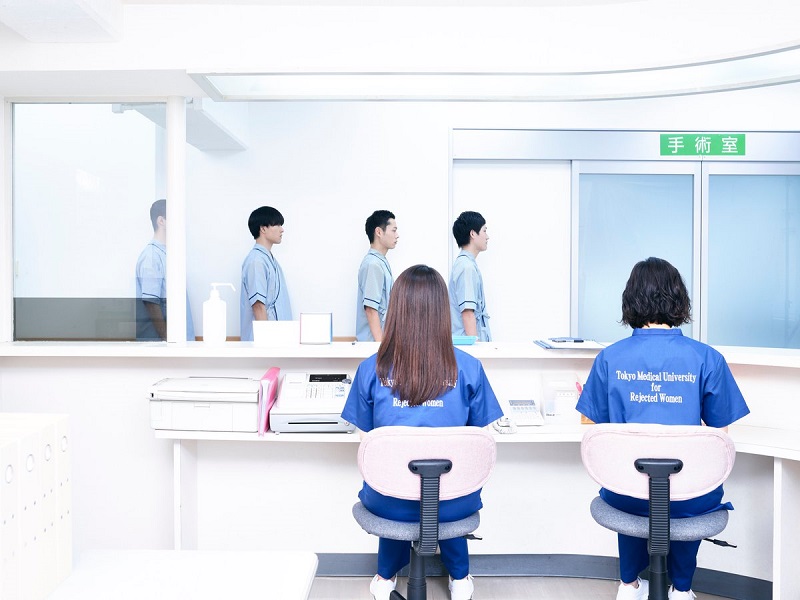
And this is why an international stage like TED Fellows Salon matters. The condensed version of the TED flagship conference empowers people not only to be critical participants in this age of opinion but also creative thinkers.
“Creativity is not meant to be in a box, and guests can uncover new possibilities through this event as they listen to the TED fellows’ inspiring stories. For the third year running, the partnership between Marriott Hotels and TED has consistently provided a platform for exchanging innovative and insightful ideas,” says Winkie Wong, senior director, brand and marketing, Asia-Pacific, and Marriott International.
The TED salon exposed a raft of innovations we have not heard of, offering glimmers of technological future that could be as game-changing as air travel and mobile phones. If we understand where technology is coming from, can we then discern where it is headed?
Award-winning professor and entrepreneur Andrew Pelling foresees that science can be moulded in the hands of the average yet curious citizen. Inspiration to innovate can appear in unexpected places, and Pelling has built a reputation for being a bit of a creative eccentric.
“I dumpster-dive,” he admitted shyly.
It is a pastime that would not sit well with most scientists, but Pelling explained his unusual hobby like a child revealing his favourite party trick. His moment of eureka came from disassembling and reassembling discarded hardware, and that got him wondering if he could conduct a similar process with a living system. Rummaging through waste for technological cast-offs led to one of his lab’s most famous creations: using apples and human cells to grow life-like ears in a Petri dish.
dsc_0617.jpg
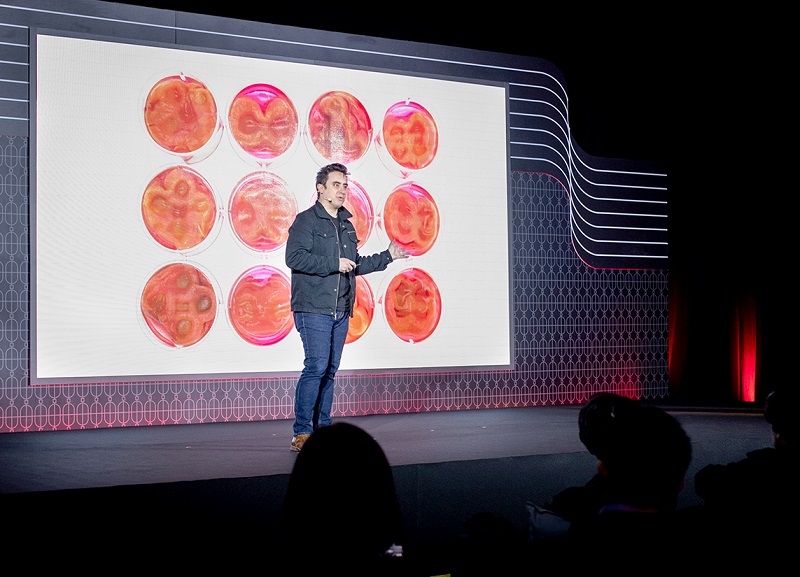
Scientists have been trying to grow bones, cartilage and even kidneys to replace failing organs but what they need is a base material — like a scaffold or highly processed natural cellulose for blood vessels to grow inside them — that can host living cells. Synthetic scaffolding is, unfortunately, very expensive, which prompted Pelling to experiment with an ingredient that is cheaper and more readily available, like apple.
First, the fruit — carved into the shape of an ear by Pelling’s wife, a second-generation luthier — is washed in soap and water before being sterilised. What is left is a fine mesh of cellulose into which you can inject human cells and let them grow. Such technology is still years away from clinical trials but this breakthrough suggests the possibility of a low-cost, globally accessible bio-material with which we can reconstruct our body parts. Implants derived from a plant could be possible.
Pelling’s unorthodox projects are headline-grabbing but the more important revelation is his attitude towards science. For the 40-year-old, great discoveries arise from failed attempts that continue to provoke and puzzle. Which brings us to the value of play. Pelling describes his lab in the University of Ottawa as an exploratory space where scientists, engineers and artists gather to ask questions and figure out the answers with no attachment to outcome.
“We do not necessarily embark on a research with real-world applications,” he disclosed during a panel discussion with Hiromi and moderator Anita Kapoor.
Shocked by the revelation, a lecturer at a Singaporean university from the audience immediately raised his hand.
“A lot of universities won’t provide funding for research or journals that will not be published. How do you justify what you do as a researcher and scientist?”
Pelling coolly replied, “I think the idea of funding research, just so findings and journals can be published, is a bit obsolete. Throughout my scientific career, I’d make an interesting discovery and tell my colleagues about it. But all they could think of was the application. It’s apparent that people only value research if there are dollar signs at the end of it. As scientists, we should encourage discoveries. I think we constantly devalue curiosity.”
The exchange painted a stark juxtaposition between Western and Asian perceptions in academia. While both education methods have their merits, the freedom of enquiry, which cultivates deep reasoning and original thinking among students, is an indispensable feature of any great university.
andrew_pelling_apple.jpg
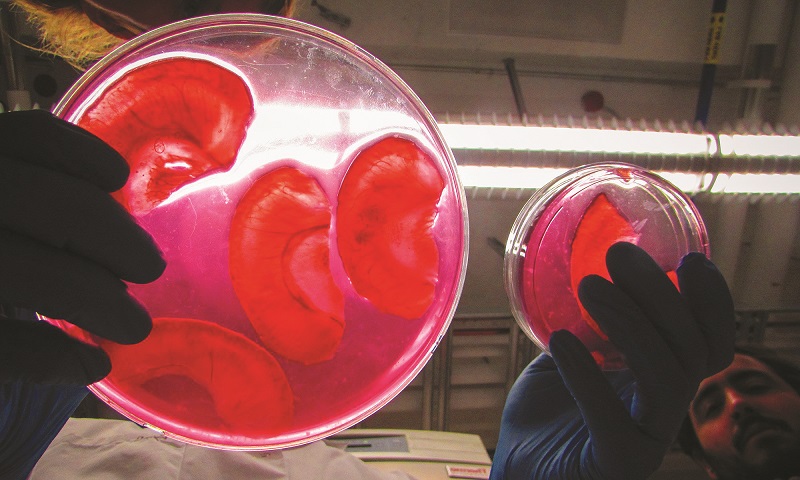
An enquiring mind should not be underestimated because it is precisely this innate drive for exploring possibilities that inspired Johannes Gutenberg’s printing press (it was to democratise knowledge), Perignon’s famous phrase on champagne (“Come quickly, I’m drinking the stars!”) and the many startups like Netflix, Airbnb and Uber that have alleviated our lifestyle woes. Curiosity is also the bedrock of TED, which seeks to motivate the mind, reshape perspectives and cultivate ideas worth spreading.
In just two hours, the concise session in Singapore pulled us into a crescendo of conviction that we can be more cognisant of what we do not know; that small behavioural tweaks are big responses to how we can impact the world. “Stay hungry, stay foolish,” as Steve Jobs once said. Because the act of asking is already an important step towards civilisation.
This article first appeared on Jan 20, 2020 in The Edge Malaysia.


